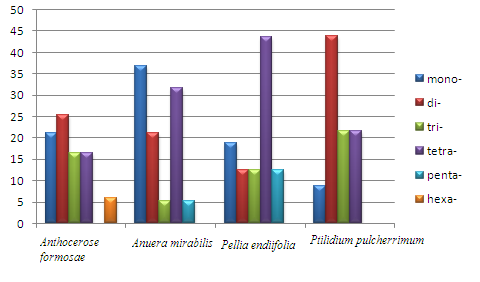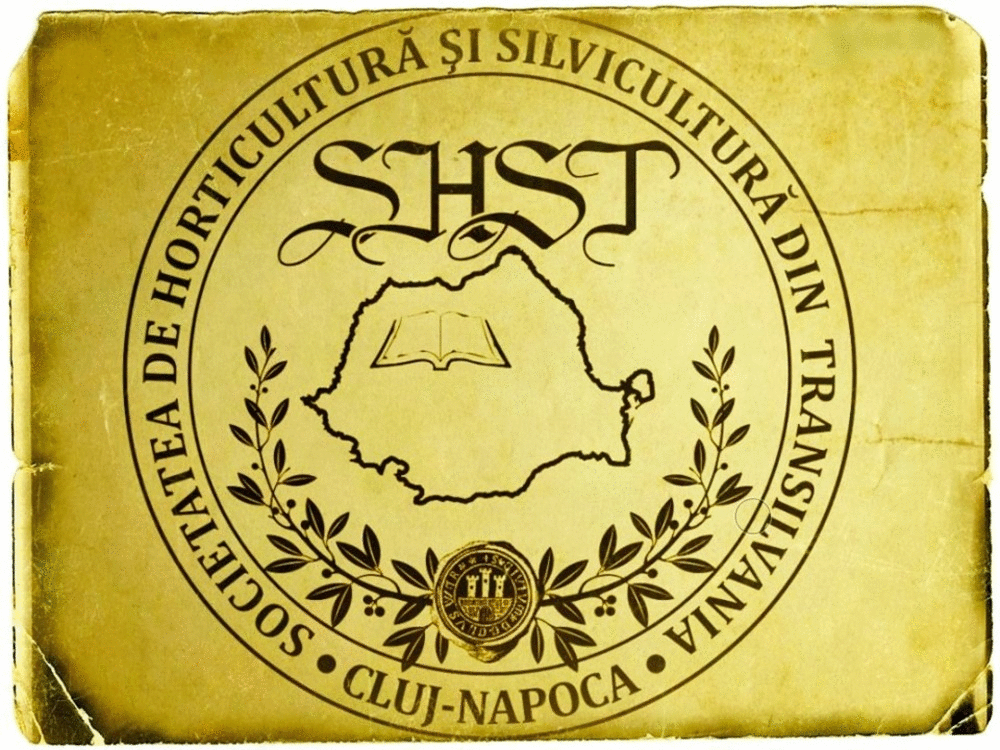Potential of Microsatellites Markers for the Genetic Analysis of Bryophytes
DOI:
https://doi.org/10.15835/nsb819748Keywords:
DNA polymorphism; genetic diversity; genome sequences; molecular markers; microsatellites; mossAbstract
Microsatellites have increasingly being used to study genetic diversity, phylogeny, population genetics, population ecology and genetic mapping of bryophytes. Due to co-dominant and highly reproducible features, microsatellites became markers of choice for several genetic analyses of bryophytes. However, the major limitation is de novo isolation of microsatellites from the interest species which were studied and gave genomic libraries. Initially, traditional methods of microsatellite development were tedious and time consuming, but due to the sequencing of several bryophytes available in public databases, advancement in PCR technologies and computer software, have cumulatively facilitated the development of microsatellites for bryophytes study. This review examines the features, strategies for the development of microsatellites and their utilization in many aspects of genetic and ecological studies of bryophytes.
Metrics

Downloads
Published
How to Cite
Issue
Section
License
Papers published in Notulae Scientia Biologicae are Open-Access, distributed under the terms and conditions of the Creative Commons Attribution License.
© Articles by the authors; licensee SMTCT, Cluj-Napoca, Romania. The journal allows the author(s) to hold the copyright/to retain publishing rights without restriction.
License:
Open Access Journal - the journal offers free, immediate, and unrestricted access to peer-reviewed research and scholarly work, due SMTCT supports to increase the visibility, accessibility and reputation of the researchers, regardless of geography and their budgets. Users are allowed to read, download, copy, distribute, print, search, or link to the full texts of the articles, or use them for any other lawful purpose, without asking prior permission from the publisher or the author.













.png)















